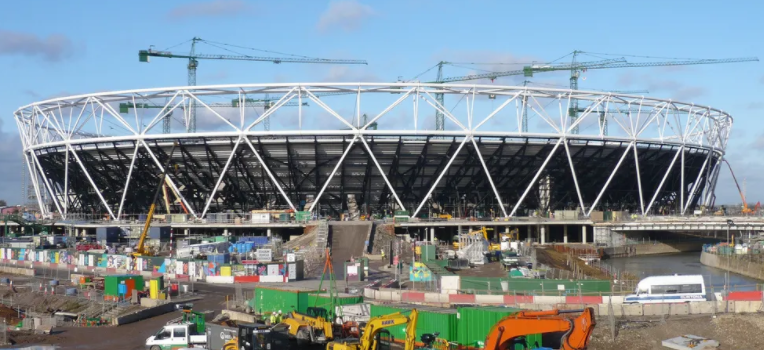BLP team members were involved in securing the contract for the London Olympics Program management site restoration project. In consideration of the size and scale of the multibillion-dollar project, thousands of construction machines and equipment including excavators, articulating dump trucks, compact track loaders, telehandlers, generators, boom lifts and scissors lifts, were involved in the project.
The challenge in managing the complexities on such a scale and involving literally thousands of contractors and consultants was unprecedented. The type and level of coordination to ensure the right equipment was procured for each phase and task across the life cycle of the project was equally complex and challenging. The planning, communication and coordination in procuring, sourcing and redeployment of the relevant machinery and equipment were critical success factors in ensuring the project was successful. To achieve this, professional resource planning and stake holder engagement was essential. BLP team members were instrumental in contributing to the health and safety planning of the construction management activities.
During the second world war between 1939-1945 the site where the Olympic stadium now stands, was obliterated with bombs. Consequently, some of the bombs failed to explode on impact and subsequently were buried deep beneath the ground at various sites in the area. During the planning and development of the project, special machinery and equipment were used including LIDAR© to detect, neutralize and abate the materials in order to protect site works and future public.

Project Profile:
The City of London beat Paris in July 2005 in the selection process to host the 2012 Olympic Games. All told the country spent over about $28BN on a facility including the stadium and an Olympic village with room for 15,000 athletes.
A team led by CH2M Hill Ltd was been chosen to oversee construction with an estimated $4 billion worth of sports venues, including an 80,000-seat stadium, and related infrastructure projects in preparation for the 2012 Olympic Games in London.
CH2M Hill teamed with Laing O’Rourke Plc, Britain’s biggest construction company, and Mace Ltd., a construction management company, to form a three-member consortium called CLM. 75,000 firms were involved in the construction.
The Village achieved a 44% reduction in carbon emissions and a 30% reduction in water usage. Of the five buildings in the Village, the shortest time frame for construction was 15 months for the basketball arena, and the longest was six years for the aquatic center.
The Olympic Stadium was built using over 6,500 cubic meters (that’s almost 230,000 cubic feet) of concrete recycled from other Olympic venues. Costs to build the buildings ranged from $47 million to $758 million.
The job involved transforming a neglected industrial area in East London into a massive world-class sports complex—the platform for the London 2012 Olympic and Paralympic Games. Planning, procurement, design, and construction must all be accomplished within the space of just a few years. The Olympic Delivery Authority’s (ODA’s) £8.1 billion (more than U.S.$15 billion) program for the Olympic Park is one of Europe’s largest infrastructure and regeneration efforts. It includes construction of an 80,000-seat stadium, an aquatics center, a velopark for cycling events, an Olympic Village for athletes, and related transportation and infrastructure improvements.


